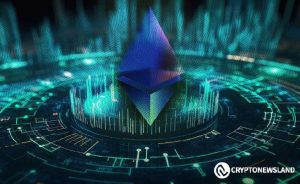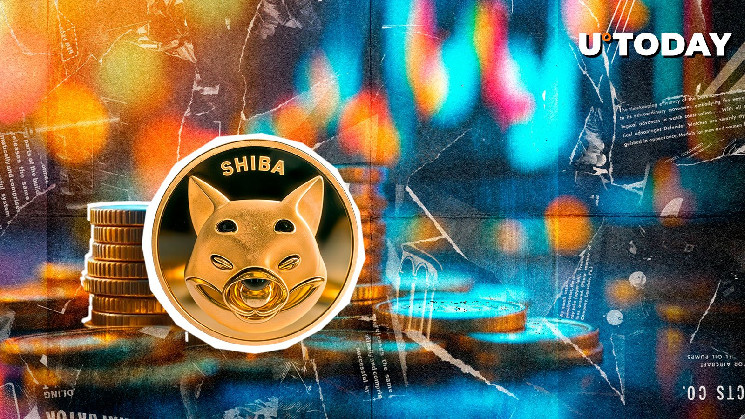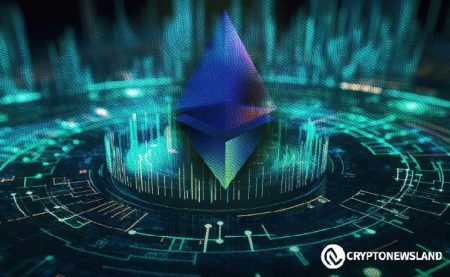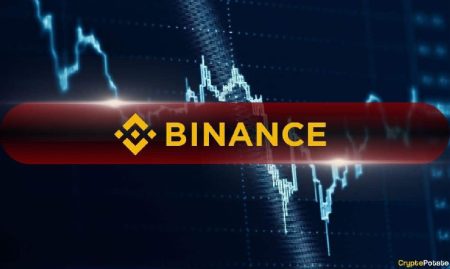A Significant SHIB Burn: Understanding the Impact
The Shiba Inu community has recently witnessed a notable event: the burning of 13,046,414 SHIB tokens in a single transaction. This significant burn, reported by Shibburn, a platform tracking SHIB burns, has sparked interest and discussion among enthusiasts and investors. The transfer of such a large quantity of tokens to a dead wallet, which is a wallet from which funds cannot be retrieved, underscores the ongoing efforts within the SHIB ecosystem to manage token supply. By removing these tokens from circulation, the potential for scarcity increases, which could, in turn, influence the token’s value over time.
The Implications of Token Burning in the SHIB Ecosystem
Token burning is a strategic approach often employed in cryptocurrency ecosystems to reduce the total supply of tokens. In the case of Shiba Inu, this strategy aims to enhance scarcity, a fundamental economic principle that can drive up demand and, consequently, value. The recent burn of over 13 million SHIB tokens is a substantial step in this direction. The question on everyone’s mind is: who or what initiated this burn? It could have been a deliberate action by a large token holder, a community-driven initiative, or an automated process linked to SHIB’s ongoing burn program, especially with the launch of Shibarium, the ecosystem’s Layer 2 solution. The motives behind such a significant burn are multifaceted, ranging from improving market dynamics to enhancing investor confidence.
Recent Price Movements of SHIB: External Factors at Play
The cryptocurrency market experienced a downturn on a recent Saturday, with SHIB, like many other major cryptocurrencies, seeing a dip in value. This decline was partly attributed to a massive hack on the Bybit exchange, which resulted in the theft of over $1.5 billion, marking one of the largest crypto thefts in history. This event created a ripple effect, leading to a loss of investor confidence across the board. At the time of writing, SHIB’s price had dropped by 3.36% over the past 24 hours, reaching $0.0000154. Despite this short-term decline, the SHIB community remains hopeful, buoyed by positive developments such as the SEC’s dismissal of the Coinbase lawsuit, which had earlier boosted SHIB’s price to $0.00001598.
ShibaSwap Upgrade: Enhancing the Ecosystem
In a positive development for the Shiba Inu ecosystem, ShibaSwap, the decentralized exchange (DEX) for SHIB and other ecosystem tokens, has undergone a significant upgrade. This update introduces several new features aimed at improving user experience and functionality. One of the standout enhancements is the introduction of supercharged liquidity pools, designed to make adding liquidity to the ecosystem faster, smarter, and more straightforward. Users can now enjoy a seamless, one-page interface for migrating existing liquidity positions, importing liquidity from other platforms, and creating new pools with ease.
Community Reactions and the Bigger Picture
The SHIB community is abuzz with reactions to the recent burn and the ShibaSwap upgrade. While some view the large-scale burn as a positive sign for the token’s future value, others are cautiously optimistic, recognizing that external factors like the Bybit hack can impact prices in the short term. The community is also excited about the enhanced features on ShibaSwap, seeing it as a step forward in the ecosystem’s maturation. The combination of token burns and ecosystem improvements suggests a strategic effort to position SHIB for long-term success.
Conclusion: Navigating the Future of SHIB
As the Shiba Inu ecosystem continues to evolve, events like the significant token burn and the ShibaSwap upgrade highlight the community’s commitment to growth and innovation. While external factors like major hacks can create volatility, the internal developments within the SHIB ecosystem demonstrate a proactive approach to enhancing value and usability. Whether through strategic token burns or platform upgrades, the SHIB community is actively shaping the future of the token. As the ecosystem matures, it will be interesting to see how these efforts translate into long-term value for investors and enthusiasts alike.















